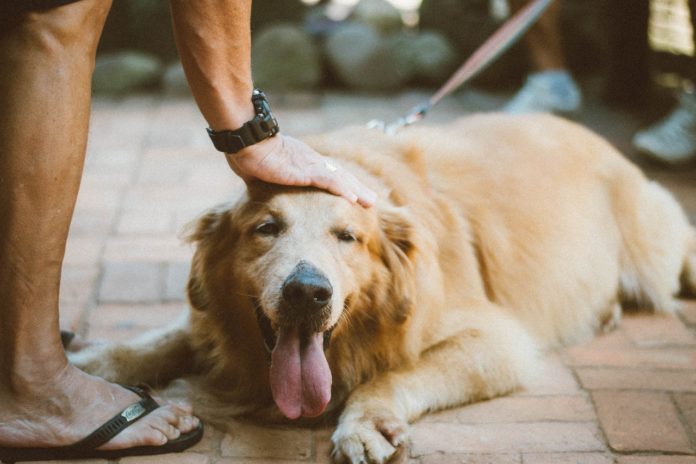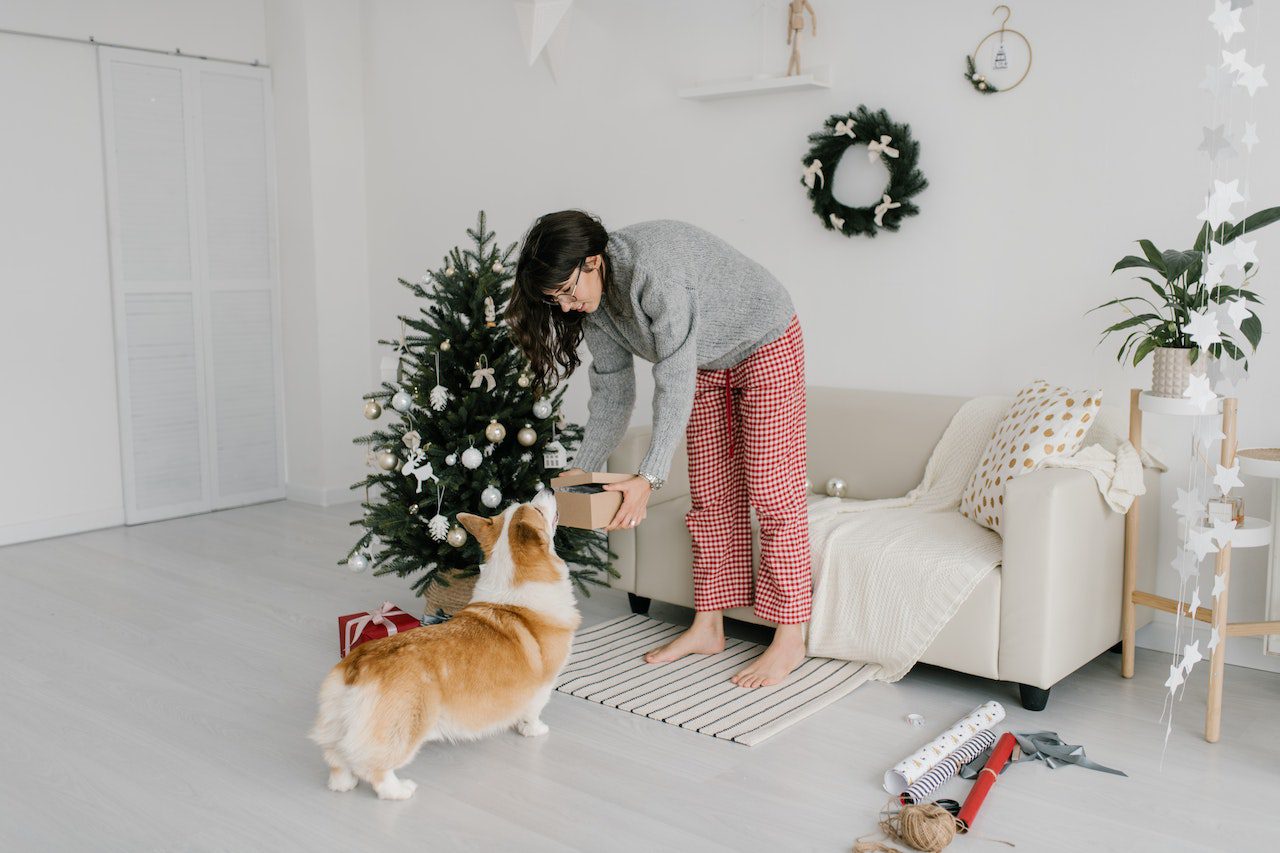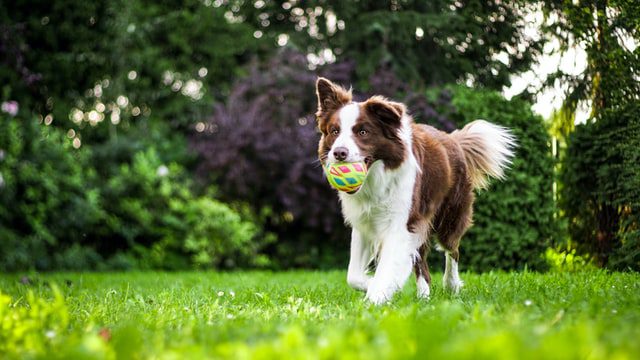Adding a new furry friend to your home can bring tons of joy and love into your life. Dogs are loyal companions — which is a big reason millions of homes open their doors to these four-legged friends.
Before bringing your new canine companion home, it’s essential to prepare your home for their arrival. Dogs need a lot of preparation, and so does your house. From creating an appropriate play space to checking your home insurance coverage, dogs can affect many aspects of your house.
So what should you do to prepare your home for a new dog? And what could potentially happen to your home insurance policy upon their arrival? Let’s find out.
Home Insurance Policies for Your New Dog
If you own a home, chances are you have an insurance policy to cover unexpected incidents and protect your belongings. However, adding a dog to your home can alter your home insurance needs.
Your insurance policy needs to reflect this change because you’re adding a new type of liability to your house. Dogs can pose potential threats, such as attacking or biting visitors, and some breeds have higher risks than others.
For example, homeowners insurance with a Siberian husky may cost more than someone who adopts a golden retriever into their home. Your coverage costs are based on recorded incidents of your chosen dog breed.
You may also have to switch insurance companies since some carriers discriminate against certain dog breeds. There are only a few insurers that allow all breeds of dogs.
If you feel your rates have increased too much after adopting your furry friend, you’ll be pleased to know that many insurance companies will offer incentives for taking precautions with your pup. Obedience training and socialization classes can be taken into account by your provider.
Ensure Your Home Is Safe for Your New Dog
Safety is crucial when first bringing a new dog into your home. Everything in your house will be unfamiliar to your new four-legged friend, and they are learning as they go. It’s not uncommon for new dogs to get into a bit of trouble as they adapt to their new environment.
Whether you adopt a puppy or an older dog, they will still need time to adjust and learn about their new surroundings. During this adjustment period, make your home as safe as possible while your new friend adapts.
Trash cans can seem like heaven to a new dog. They are filled with interesting and unfamiliar foods your dog may be eager to try. However, many human foods can be harmful to your canine companion. It’s best to ensure your trash can is correctly sealed so your new dog can’t access your scraps and potentially become sick.
Little things around your home, such as blind cords or small items, may not warrant a second thought. For Fido, however, they could be dangerous. Cords could pose tangling hazards, and small things like toy pieces could lead to choking or stomach obstruction. These scenarios could be detrimental to your puppy.
Certain species of plants can also be harmful to your new pet, so it’s important to research ahead of time if you are someone who enjoys keeping greenery in your home. While you don’t have to give up your indoor garden, you should consider moving any poisonous plants out of your dog’s reach.
Keeping your home safe for your new furry friend ensures they can live a long and happy life with you.
Prepare Space and Toys for Your New Dog
Different dog breeds have additional needs. Some dogs tend to be more high-energy than others. However, no matter their breed, all dogs need enrichment and proper space to be happy.
If your home has a yard, determine the best option for creating a space your new dog can use. Perhaps your yard already has a fence, making it ideal for your dog to use for relieving themselves and getting some zoomies out from time to time.
If your yard isn’t fenced or has minimal space available, determine what you will do to ensure your dog’s needs are met. For some people, electric fences are a cheaper option than traditional fencing to keep their dog within their yard’s boundaries. It’s important to keep your dog within the confines of your yard to prevent them from getting hit by a car or attacked by other dogs.
If you lack a large yard to exercise your pup, looking into local dog parks or walking trails can be excellent alternatives. Your dog can get some energy out, and you can spend some quality time together.
Toys are also essential to your dog’s overall well-being. A good toy can help keep your dog entertained while you are away or unable to pay as much attention to them. The process of finding the right toy may be a little trial and error, as some dogs enjoy different toys than others.
Buying a few different toys can help you determine what will work best for your furry friend. Some dogs prefer softer chews, while others may prefer more durable chewing toys. It will take time to learn your new pup and what they enjoy.
Plan to Train Your New Dog
Dogs need many forms of training, though the amount may depend on what kind of dog you choose. Starting from scratch with a new puppy, you will need to teach them all the basic commands you wish them to know. If you opt for an older dog, they may already have some tricks under their belt.
No matter your dog’s skill level, you will still need to train them to adapt to their new environment. Keeping them out of places they shouldn’t be, creating a routine for their potty breaks, and setting boundaries are all part of the process when you welcome a new dog into your home.
If you choose an older dog, they may take time to adjust to your home. Don’t get frustrated if they can’t learn and understand everything immediately. On average, it will take a rescue or shelter dog six to eight weeks to adapt to their new environment.
Consistent training, no matter the age of your dog, is crucial. Training teaches your dog what you wish them to learn while having fun in the process. Reward training is highly stimulating for your dog and will enable you to grow your bond.
Enjoying Your Home With Your New Dog
Dogs can be a welcomed addition to your home. They provide unconditional love and endless companionship. However, before bringing a new dog into your home, it’s essential to prepare.
Checking your insurance policy, dog-proofing your home, preparing adequate space, and working on training will all ensure your dog feels welcome and safe as they enter your home. You and your furry friend will live a happy life together by taking these steps.





